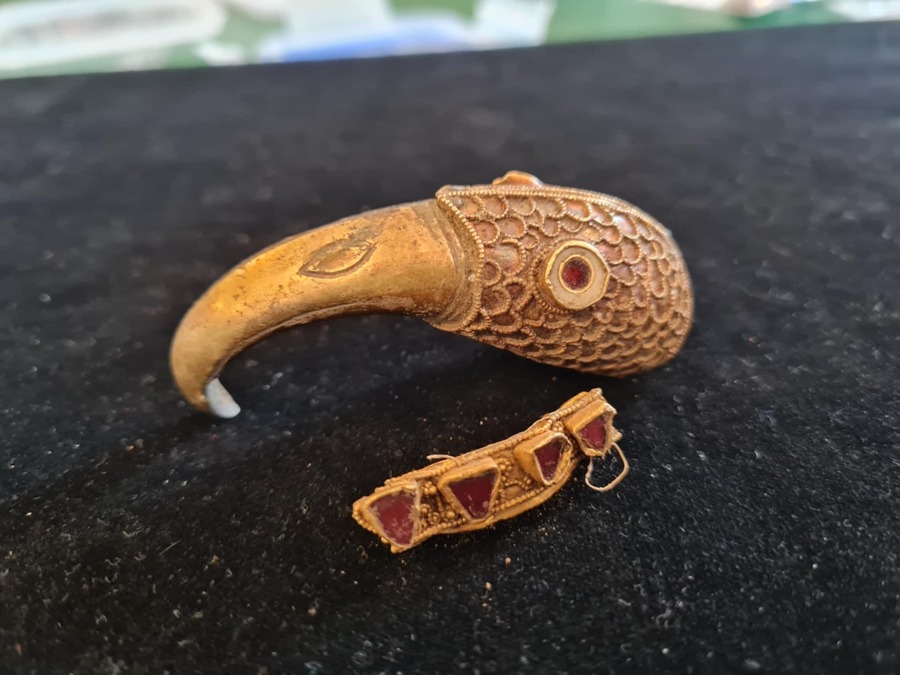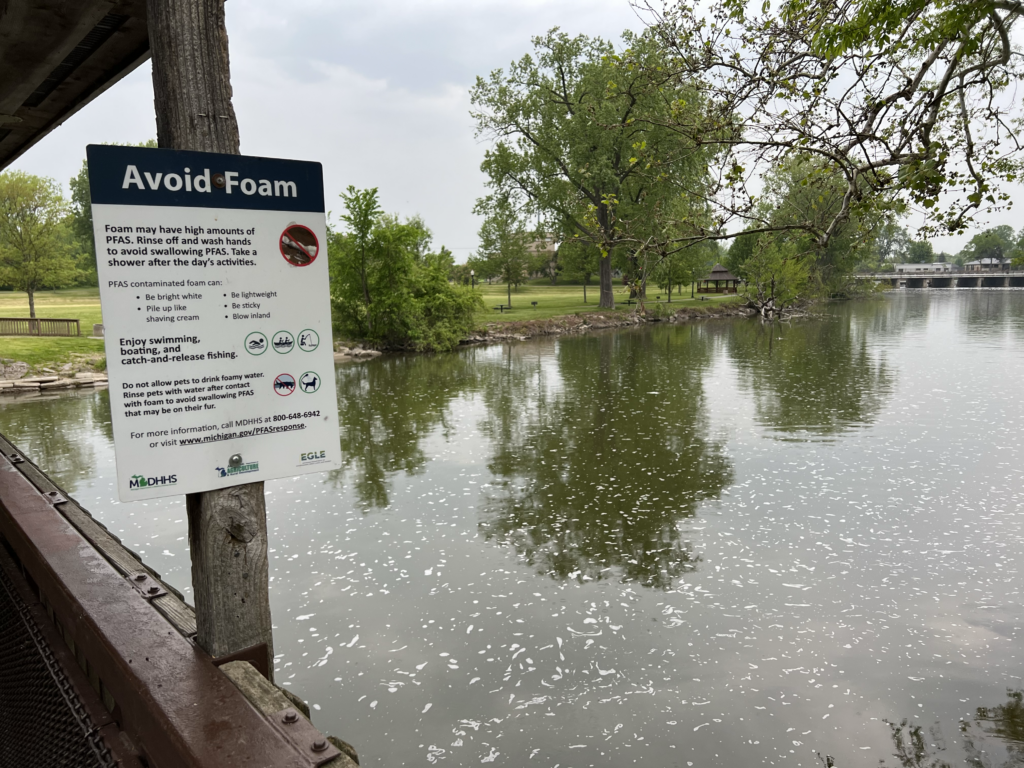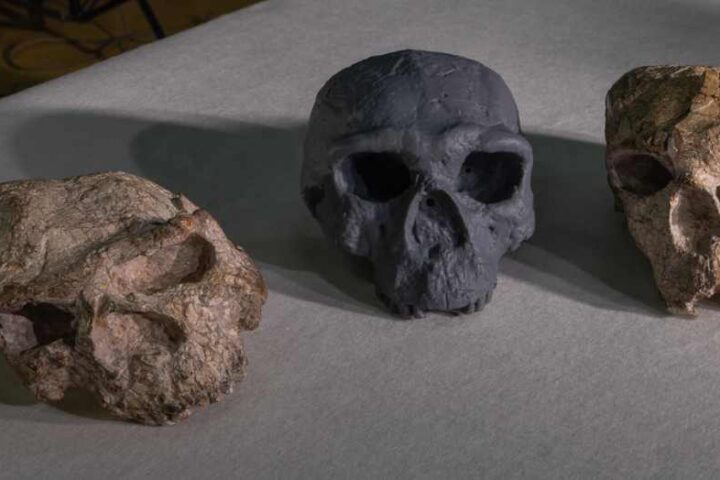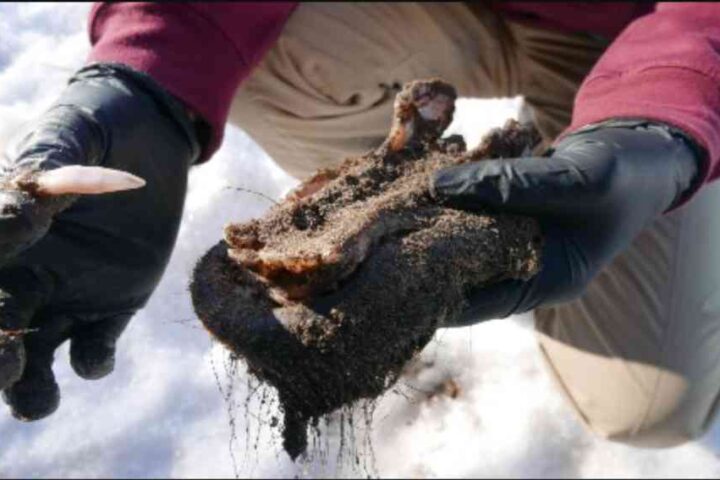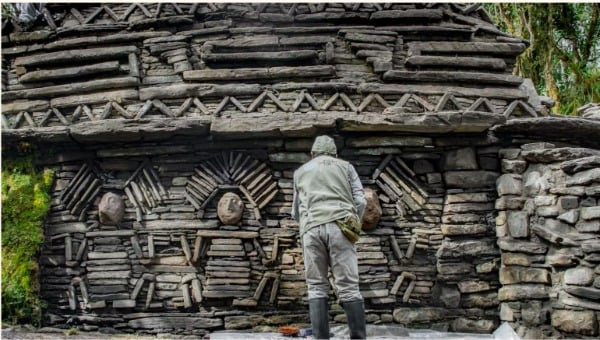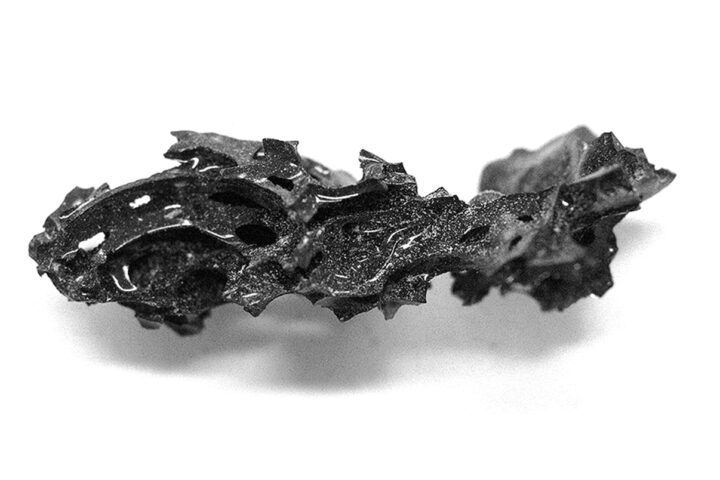A piece of England’s past has come to light in a field in Wiltshire. Two hobbyists with metal detectors found gold treasures that tell us how people lived 1,400 years ago.
The star find is a golden bird’s head with a garnet eye, crafted during the Anglo-Saxon period in the 7th century AD. Think of it as finding your great-great-great-grandparents’ most precious family heirloom – but much older. This isn’t just any decoration – it weighs as much as 12 US quarters stacked together and shows incredible detail.
“It’s unbelievable — I’m a bit emotional,” said Chris Phillips, who found the bird head while searching the field. His friend Paul Gould found another golden piece nearby – a band decorated with tiny gold beads and garnets.
The bird isn’t just beautiful – it tells us a story. Back then, ravens were special to Anglo-Saxon nobles. These birds appeared in their stories about gods and kings. Finding this golden raven is like discovering a page from a history book we thought was lost forever.
The star find is a golden bird’s head with a garnet eye, crafted during the Anglo-Saxon period in the 7th century AD. Think of it as finding your great-great-great-grandparents’ most precious family heirloom – but much older. This isn’t just any decoration – it weighs as much as 12 US quarters stacked together and shows incredible detail.
Similar Posts
Inside the bird’s head, experts at the British Museum found tiny pins. These suggest the piece once decorated a drinking horn – imagine the finest wine glass at a royal banquet, but made for Anglo-Saxon rulers. One of the bird’s garnet eyes is missing, giving scientists a rare chance to study how these medieval craftsmen worked.
What makes this find special? Metal detector users find old coins or broken pottery pieces almost daily across England. But finding Anglo-Saxon gold is rare. These pieces belonged to the wealthy and powerful people of their time. They’re like finding a medieval king’s crown in your backyard.

The discovery spot has proved so interesting that archaeologists will spend the summer of 2026 carefully digging there. They believe more treasures might be hidden underground. Both Phillips and Gould did exactly what treasure hunters should do – they reported their finds right away to the proper authorities.
Similar treasures have been found before, like the famous Staffordshire Hoard, but each new discovery adds another piece to our understanding of England’s past. These aren’t just pretty decorations – they’re clues that help us understand how people lived, worked, and celebrated over a thousand years ago. “This is a find of a lifetime,” Phillips said. His words remind us that beneath England’s quiet fields, pieces of history are waiting to be found. Each discovery helps us better understand the story of how England became the country it is today.
